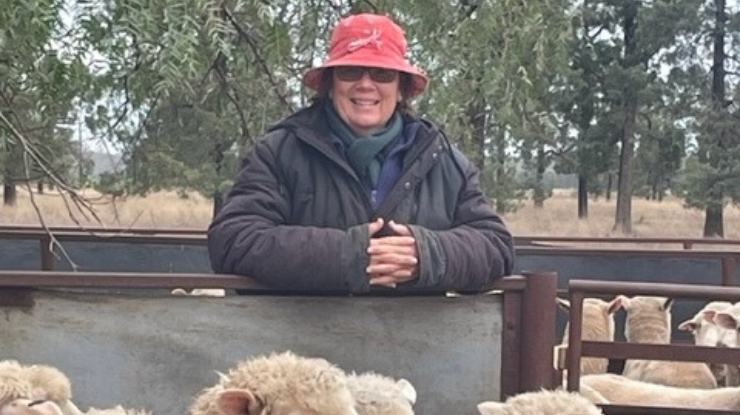 Helen Woods on her property in Central West NSW.
Helen Woods on her property in Central West NSW.
Smarter breeding, lighter workload, better outcomes
Safe handling and capturing value in all sheep are paramount for Helen Woods on her property between Peak Hill and Tullamore in Central West NSW.
Helen runs a prime lamb operation, joining Merino ewes to Border Leicesters, and first-cross ewes to Poll Dorset rams.
Often working solo, Helen has designed her operation with a focus on ease and safety. She uses breeding objectives to help her get there.
Recently, she attended a BredWell FedWell (BWFW) workshop to refresh her knowledge around nutrition and genetics and to ensure her on-farm activities were in sync with her breeding objectives.
Matching ASBVs to on-farm needs
At BWFW, producers learn how to improve their ram choice through greater understanding of how to select genetics according to Australian Sheep Breeding Values (ASBVs) and visual assessments.
In her operation, Helen chooses to breed lambs with low birth weights to improve lambing ease for her ewes.
This means when selecting rams, she focuses on the BWT (birth weight) ASBV, where rams with more negative BWT ASBV produce lambs that are lighter at birth.
Reproduction and health ASBVs are also considered when purchasing rams. “If a ewe displays flystrike, it’s just another job added to the maintenance of your flock. If you can select against that trait, it’s a good outcome,” Helen said.
To increase flystrike resistance through breeding, producers can select rams with a lower early breech wrinkle (EBWR) and late dag (LDAG) ASBVs – both of which limit flystrike promoting conditions that.
Helen combines the use of ASBV’s with visual assessments and culling criteria to ensure flystrike is minimised within her flock.
“If I have sheep come through with flystrike, I’ll send them straight to market, because for me there’s nothing to gain from it other than more work. At least you can get a little bit of money back for the animal, rather than the risk of losing it.”
While Helen knows the genetic traits she’s focused on, there are also visual and behavioural traits she looks for on sale day. One of those is finding rams that are relatively calm and easy to work with.
“I focus on low stress stock handling, so if most of my stock are reasonably calm in the first place, then handling them is safer,” she said.
“I’m still manual handling rather than having any handling equipment, so I work very closely with the sheep. I need everything to be safe and easy to handle. It’s less stress for me and less stress on them.”
Insights from across the room
While Helen was already considering ASBVs, the expertise in the room at BWFW – from both the presenter and other attendees – was invaluable.
“There were so many ideas I’m going to try. It was such a great day for learning extra insights,” she said.
“I’ve already been sharing the advice with people I know and telling them they need to attend a workshop.”



